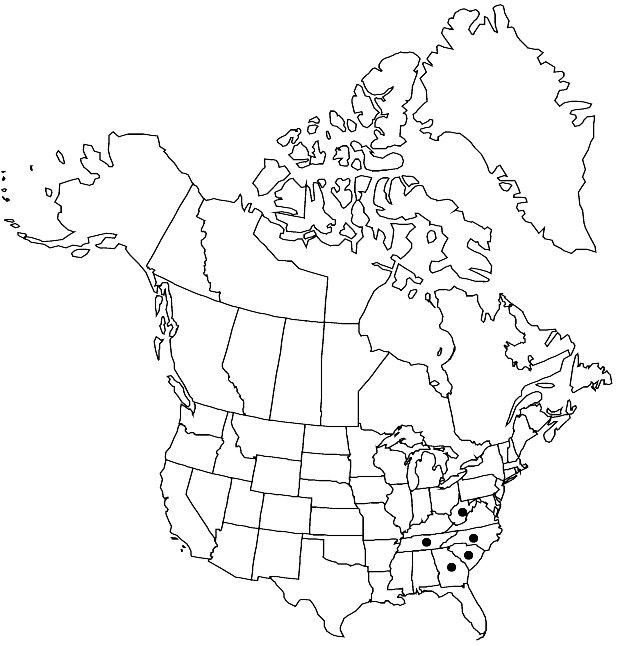Difference between revisions of "Cardamine flagellifera"
Bot. Jahrb. Syst. 32: 405. 1903.
FNA>Volume Importer |
imported>Volume Importer |
||
| (One intermediate revision by the same user not shown) | |||
| Line 6: | Line 6: | ||
|place=32: 405. 1903 | |place=32: 405. 1903 | ||
|year=1903 | |year=1903 | ||
| + | }} | ||
| + | |special_status={{Treatment/ID/Special_status | ||
| + | |code=E | ||
| + | |label=Endemic | ||
}} | }} | ||
|basionyms= | |basionyms= | ||
| Line 52: | Line 56: | ||
|publication title=Bot. Jahrb. Syst. | |publication title=Bot. Jahrb. Syst. | ||
|publication year=1903 | |publication year=1903 | ||
| − | |special status= | + | |special status=Endemic |
| − | |source xml=https:// | + | |source xml=https://bitbucket.org/aafc-mbb/fna-data-curation/src/2e0870ddd59836b60bcf96646a41e87ea5a5943a/coarse_grained_fna_xml/V7/V7_725.xml |
|tribe=Brassicaceae tribe Cardamineae | |tribe=Brassicaceae tribe Cardamineae | ||
|genus=Cardamine | |genus=Cardamine | ||
Latest revision as of 22:35, 5 November 2020
Perennials; hirsute or pilose proximally, sparsely pubescent or glabrous distally. Rhizomes swollen, compact at stem base, (fleshy, stolons many, slender, ca. 1 mm diam., pubescent or glabrous). Stems erect, usually unbranched, rarely branched distally, 1–2.5 dm, sparsely to densely hirsute or pilose proximally, sparsely so or glabrous distally. Rhizomal leaves usually simple, rarely 3-foliolate, (3–)6–16 cm, leaflets petiolulate or subsessile; petiole (1.5–)4–13 cm; lateral leaflets subsessile or petiolulate (to 0.5 cm), blade similar to terminal, much smaller; terminal leaflet (petiolule 0.5–2 cm), blade orbicular to reniform or broadly ovate, (1–)1.5–4.5 cm, base cordate, margins repand to coarsely crenate, (apiculate at vein endings, surfaces sparsely pubescent or glabrous). Cauline leaves 2–5, 3 or 5-foliolate, petiolate, leaflets petiolulate or subsessile; petiole 0.8–5 cm, base not auriculate; lateral leaflets sessile or petiolulate (to 0.5 cm), blade similar to terminal, smaller; terminal leaflet petiolulate (0.5–1.5 cm), blade broadly ovate to suborbicular, 1.5–4(–5) cm × 12–35 mm, margins repand to coarsely crenate or slightly lobed, (apiculate at vein endings, margins glabrous). Racemes ebracteate. Fruiting pedicels ascending to divaricate-ascending, 7–20 mm. Flowers: sepals (ascending) oblong, 3–3.5 × 1–1.5 mm, lateral pair not saccate basally; petals white, oblanceolate, 5–6.5(–8) × 1.5–2.5 mm, (not clawed, apex obtuse to subemarginate); filaments: median pairs 3.5–5 mm, lateral pair 2.5–3 mm; anthers oblong, 1.2–1.6 mm. Fruits linear, 1.5–2.5 cm × 1–1.2 mm; ovules 10–14 per ovary; style 1.2–2.5 mm. Seeds brown, oblong, 1.2–1.7 × 0.8–1.1 mm.
Phenology: Flowering Mar–Jun.
Habitat: Moist wooded slopes, gorges, wooded ravines, seepage places
Elevation: 300-1000 m
Distribution

Ga., N.C., S.C., Tenn., W.Va.
Discussion
Selected References
None.